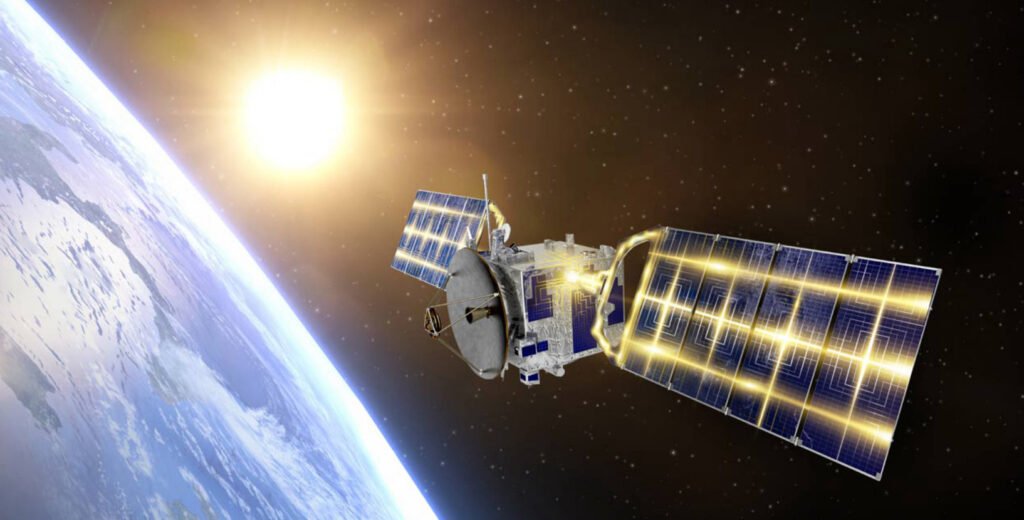
Texas Instruments (TI) has announced a new family of radiation-hardened and radiation-tolerant, half-bridge, gallium nitride (GaN) field-effect transistor (FET) gate drivers—this family of gate drivers includes the industry’s first space-grade, GaN, FET driver that supports up to 200V operation.
The devices are available in pin-to-pin compatible ceramic and plastic packaging options and support three voltage levels. TI’s advancements in space-grade power products enable engineers to design satellite power systems for all types of space missions using just one chip supplier.
Satellite systems are growing increasingly complex to meet the demand for more on-orbit processing and data transmission, higher-resolution imaging, and more precise sensing. To improve mission capabilities, engineers strive to maximize electrical power system efficiency. TI’s new gate drivers are designed to accurately drive GaN FETs with fast rise and fall times, improving power-supply size and density. This allows a satellite to more effectively use the power generated by its solar cells to perform mission functions.
Optimizing size, weight and power (SWaP) using GaN technology can:
- Improve electrical system performance
- Extend mission lifetimes
- Reduce satellite mass and volume
- Minimize thermal management overload
Designers can use the family for applications spanning the entire electrical power system.
- The 200V GaN FET gate driver is suitable for propulsion systems and input power conversion in solar panels
- The 60V and 22V versions are intended for power distribution and conversion across the satellite
TI’s family of space-grade GaN FET gate drivers offers different, space-qualified, packaging options for the three voltage levels, including:
- Radiation-hardened; Qualified Manufacturers List (QML) Class P and QML Class V in plastic and ceramic packages, respectively.
- Radiation-tolerant Space Enhanced Plastic (SEP) products.
“Satellites perform critical missions, from providing global internet coverage to monitoring climate and shipping activity, enabling humans to better understand and navigate the world,” said Javier Valle, product line manager, Space Power Products at TI. “Our new portfolio enables satellites in low, medium and geosynchronous earth orbits to operate in the harsh environment of space for an extended period of time, all while maintaining high levels of power efficiency.”
For more information, read the technical article, “How you can optimize SWaP for next-generation satellites with electronic power systems.”

